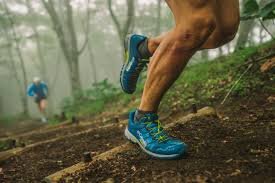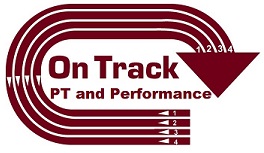Develop Stronger, Healthier, and More Capable Knee’s
Even if your knee feels Over Worked, Over The Hill, and Currently Painful!
Knee Pain Treatment in Ann Arbor, MI
Are you frustrated by all the things you no longer can do because of that annoying pain around the knee?
I’ve had many clients tell me that they feel 10x OLDER because their knees are so stiff an achy now. Many of them who have kids or grand kids that they would love to play with, if only it wasn’t for their stubborn knee pain.
Most have been to the Doctors office. But get the same answer…
“Well you are getting older now. You probably should stop “xyz” because its too hard on the knees, and you will likely need surgery in the next couple years.”
YIKES! What a Debby Downer….
This Is Why We Developed The Knee ABILITY Program!
At On Track Physio, we believe its important to focus on what your knees are capable of doing! Instead of always restricting and telling you that it’s no longer possible…
So if you’ve had a knee surgery and it just “doesn’t feel the same anymore”.
Or
The knee has been bothering you for years and you are tired of restricting or avoiding everything that involves the knee (which is A LOT!)
Then we invite you to try our Knee ABILITY Program
Here is what is included:
Step 1) 4 Knee Tissue Capacity Boosting Exercises!
Hand selected from our initial full-body diagnostic session designed specifically for the knee. These are PERFECT for increasing knee CAPABILITY Quickly!
Step 2) Top 5 Knee Fitness STANDARDS!
These are the Top 5 Movements EVERY knee should be CAPABLE of doing. EVEN if your knee feels over worked, over the hill, and currently in pain! These 5 Exercises are the KEY to PREDICTABLE and Repeatable PROGRESS!
Step 3) Personalized Soft Tissue Plan!
This helps ACCELERATE steps #1 & #2 and makes your joints feel loose, energetic, and free. Most make the mistake of prioritizing this first. It’s ONLY when you get step #1 & #2 RIGHT that soft tissue work will accelerate the knees capability!
Step 4) High Level Technique Coaching
Whether it is in session or through a video shared with us, we provide next level technical coaching around the clock on the exercise. This is the next level coaching you would expect from a Doctor that specializes in Movement & Exercise.













